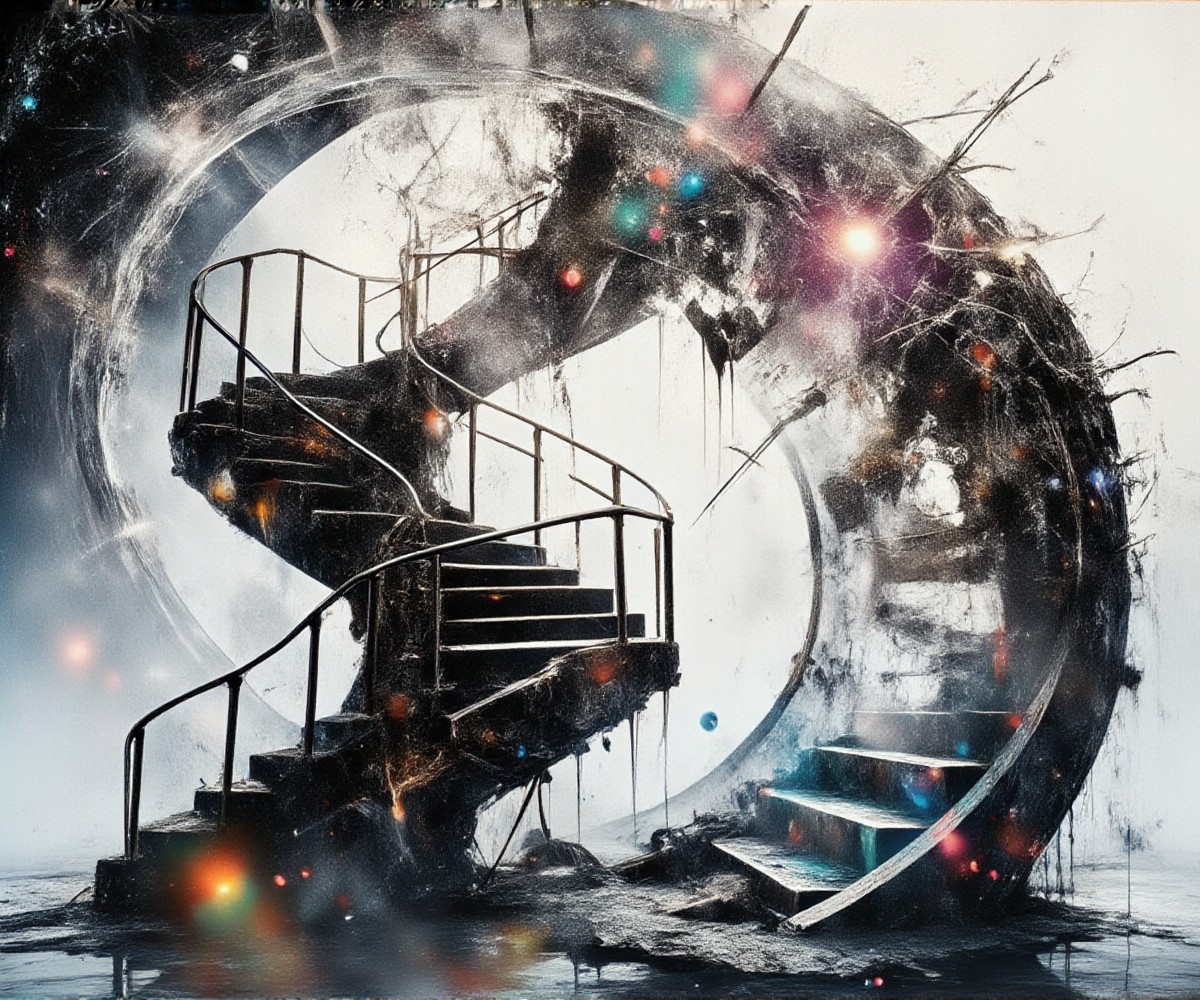Double exposure, a unique artistic style, has become a popular choice among photographers and graphic artists. It combines two or more images into a single frame, creating an impactful blend of colors, patterns, and subjects. This technique not only brings an artistic touch to the final image but also adds depth and dimension to the overall display.
In the provided content, the double exposure style is combined with neumorphism. Neumorphism, a modern design approach, creates the illusion of a soft and physical interface, reminiscent of buttons and dials. By fusing these two styles, artists can achieve a captivating, avant-garde look.
The double exposure style is characterized by various elements:
1. Complex layering of images: This technique allows for an infinite range of combinations of colors, patterns, and subjects.
2. Focus on a central composition: This creates a focal point for the viewer’s eye.
3. Exciting colors and patterns: Double exposure images often incorporate striking color palettes and intricate patterns, adding visual interest to the piece.
4. Creation of a dreamlike atmosphere: The mix of images often gives off a surreal, ethereal feel.
5. Blur and softness: Double exposure images often blur the edges and create soft, diffused effects.
6. Emphasis on certain elements: The technique encourages artists to focus on specific elements within the image, making these elements stand out more prominently.
Incorporating neumorphism into the double exposure style can take the artwork to a whole new level. Not only does neumorphism bring a modern, sleek look to the image, but when incorporated with double exposure, it creates intricate, mesmerizing designs that are both striking and futuristic.
In conclusion, double exposure style neumorphism combines the depth and uniqueness of double exposure with the cutting-edge design principles of neumorphism. This results in striking, modern, and intricate works of art that stand out from traditional photography and graphic design.

